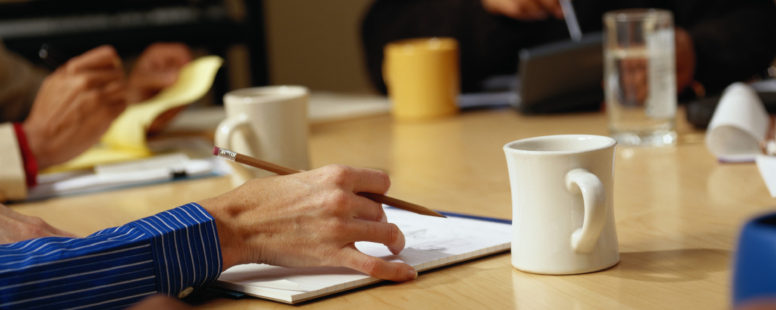We don’t need to look far to realize the speed, complexity and volume of change continue to increase. Given the evolving nature of change, individuals are being asked to change, change leaders and organizations must invent, accept and implement new strategies for change. Old methods of changing may not be adequate for the new realities.
Resilience is an essential skill to help address the evolving nature of change. According to Daryl Conner author of Managing at the Speed of Change, resilience is “the ability to absorb high levels of disruption, while displaying minimal dysfunctional behavior.” The value of developing resilience is that the required time for recovery from the disruption of change and the dysfunction that accompanies it are minimized. Five competencies are used to define and refine resilience. These include being focused, organized, flexible, positive, and proactive.
Organizations and individuals that exhibit a high level of resilience focus on and are committed to their goals. People that are working toward their focus say they work to follow their plans, their dreams. They spend more time doing the right things.
A second characteristic is that resilient individuals and organizations have plans for the change, are organized, and have established a structure to support the transition. When you are well organized personally, you have a calm assurance that carries over into your work life too. One of our greatest fears is the unknown, and unless you are personally organized and have organized your time and your life, you don’t know the status of your life or your job. Without a plan, how will you know you will reach your goals?
Third, organizations and individuals preparing for and excelling through complex change demonstrate flexibility. This is because they know that life’s highway has thousands of twists and turns. They know that when they undertake the challenges of change there will be mistakes, problems and that everything may not go as planned. Flexibility is the power to accept, adapt or alter as to confront situations while staying focused. Much like an aircraft that is frequently adjusting course, organizations and individuals that demonstrate resilience adjust for the unexpected while staying focused on the goals.
Another characteristic is remaining realistically positive about the change effort. Focus on the things that go right – there are probably more of them than the few things that need adjustment. Resilient individuals like to live. They come to work positively; they do their jobs positively; they go home and live their lives positively.
Finally, resilient individuals and organizations demonstrate proactive versus reactive behaviors. They do not just respond and react. They seek opportunities to lead the edge of change. In other words, they look for opportunities to grow, expand, invent, and create.
Resilient individuals and organizations exhibit five characteristics and continually seek to improve each. They are focused, positive, flexible, organized, and proactive. How resilient are you? How prepared are you and is your organization for the increasing speed, complexity and volume of change? Take a few moments to assess your strengths. How can you build them? How can you develop the areas of resilience that will enable you to absorb more complex change? Develop a personal, team, and organization-wide plan to build your capacity for change by improving your resilience.

